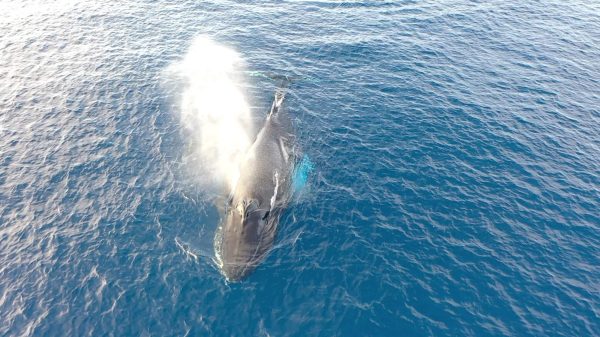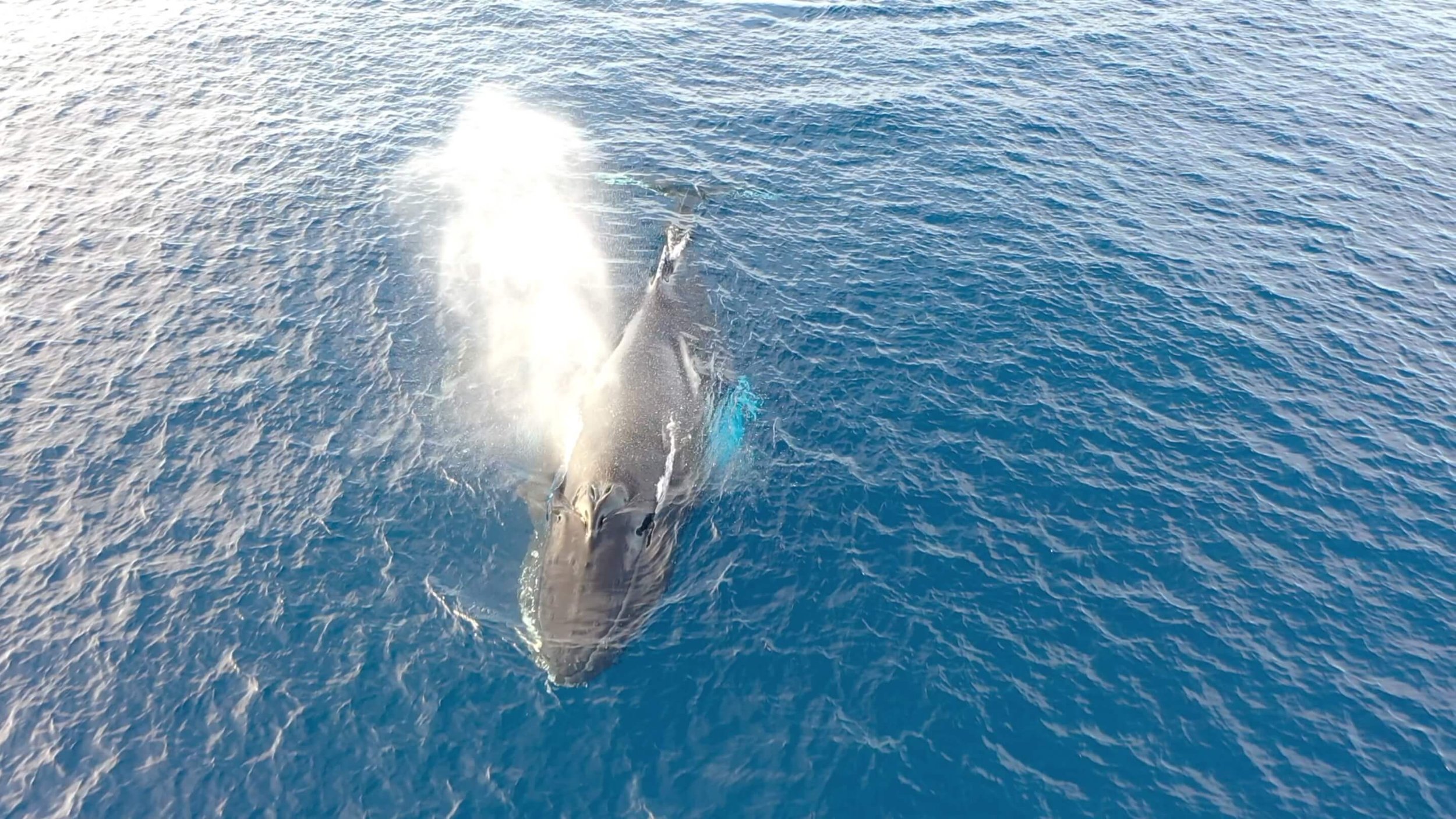 Every year, humpback whales make their annual migratory trip from polar waters to tropical waters. This seasonal migration creates a wonderful whale-watching opportunity in the Dominican Republic every winter. From mid-January to the end of March, the humpback whales arrive in the Caribbean Sea after traveling 2,000 to 4,000 miles from the feeding grounds off Greenland, Iceland, the eastern coast of Canada and the Gulf of Maine. The humpback whales can be seen off the coast of Cabrera as they approach their main breeding areas of Samana Bay, Silver Bank and Navidad Bank for the winter.
Every year, humpback whales make their annual migratory trip from polar waters to tropical waters. This seasonal migration creates a wonderful whale-watching opportunity in the Dominican Republic every winter. From mid-January to the end of March, the humpback whales arrive in the Caribbean Sea after traveling 2,000 to 4,000 miles from the feeding grounds off Greenland, Iceland, the eastern coast of Canada and the Gulf of Maine. The humpback whales can be seen off the coast of Cabrera as they approach their main breeding areas of Samana Bay, Silver Bank and Navidad Bank for the winter.
The humpback whale is a great animal to observe on a whale-watching tour boat. These large whales can be curious about their surroundings and some of them will approach the boats with interest. From slapping the water with their tales to breathtaking breaching out of the water, humpback whales are fascinating to watch. You can book a whale-watching trip at Samana to get “up close and personal” with these amazing acrobatic animals. Although there are regulations that restrict the number of licensed boats and the time allowed for close observation of the whales, these rules are designed to protect the animals and their habitat.
Watch the video below to see a whale breaching right offshore (video shot by Sunrise Villa guest)
Observing humpback whales at a close distance makes people aware of the animal’s enormous size and interesting behaviors. The adult humpback whale can range in length from 39 to 52 feet and weigh up to 79,000 pounds! Typically, humpbacks feed in the polar waters in the summer months and migrate to the tropical waters for breeding or giving birth in the winter months. Interestingly enough, humpback whales will fast in the winter and only live off their fat reserves. In the summer, these whales eat mostly krill and small fish since they are a species of the baleen whales.
If you book a trip on a whale-watching tour in Samana, you’ll most likely hear the humpback whales sing! In fact, only the males produce these intricate songs. Each song can last from 10 to 20 minutes in length and can be repeated for hours at a time. Although scientists haven’t determined the actual reason for these complex songs, many believe that they are for mating purposes.
Whale-watching is a fantastic opportunity to experience the wonders of the humpback whale. You won’t be disappointed as you observe these amazing animals in the waters near the Dominican Republic!


